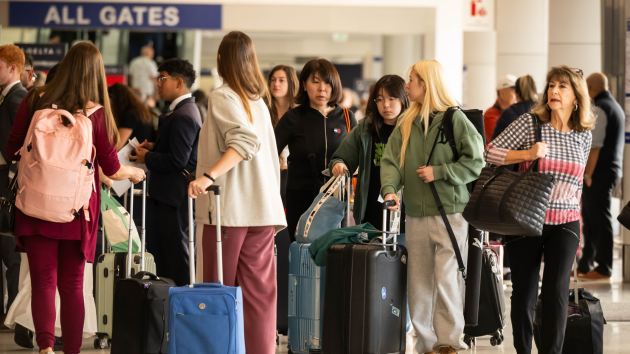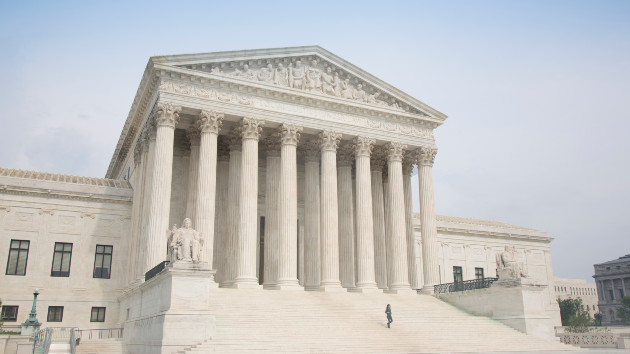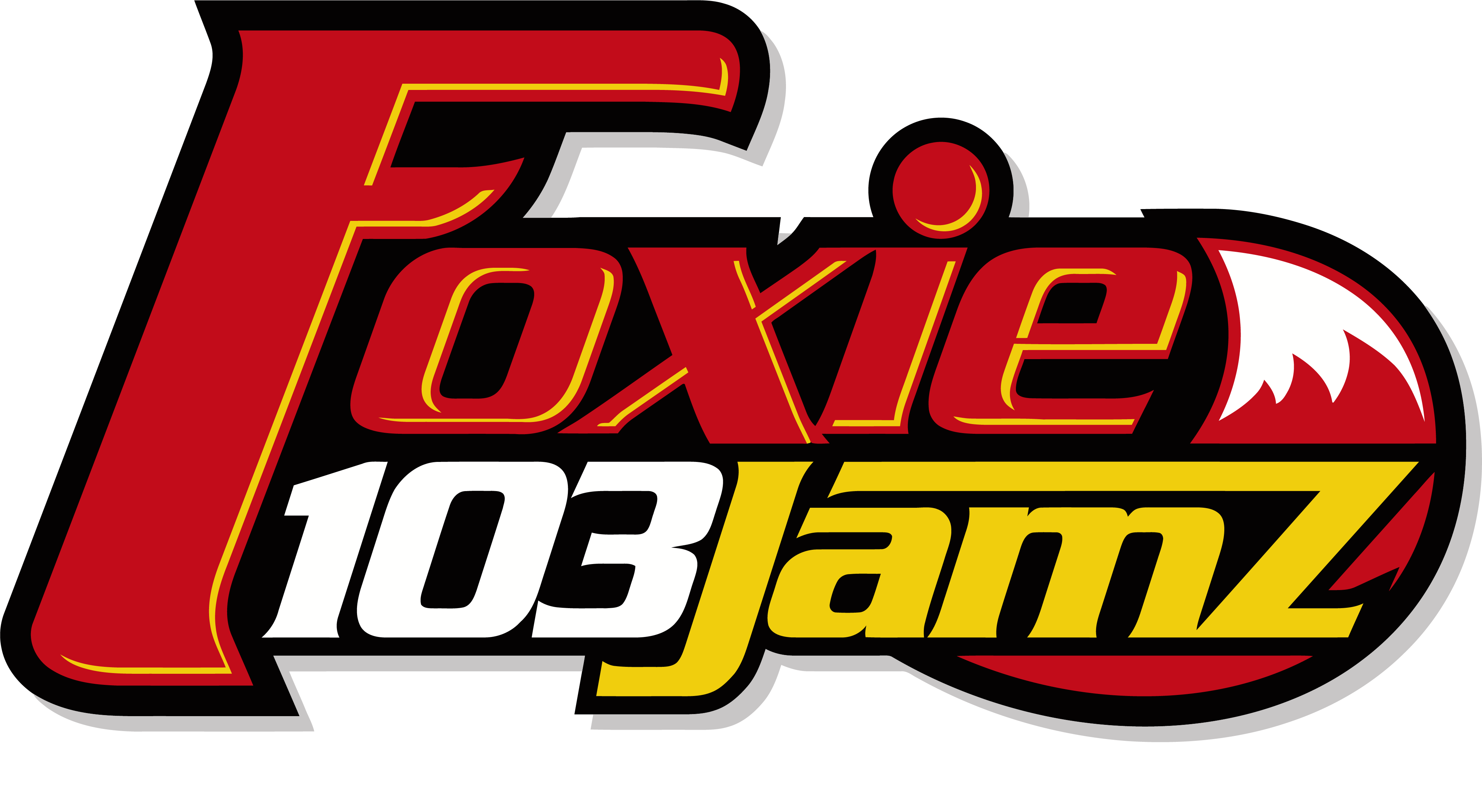NASA astronauts stuck on ISS say they feel ‘confident’ Boeing’s Starliner can bring them home
Written by ABC Audio ALL RIGHTS RESERVED on July 10, 2024

(NEW YORK) — The NASA astronauts who were aboard the first crewed flight into space on Boeing’s Starliner said they are “confident” the spacecraft can get them home safely.
Flight commander Barry “Butch” Wilmore, 61, a former U.S. Navy captain, and Sunita Williams, 58, a former Navy service member, have been aboard the International Space Station (ISS) for more than a month after Starliner experienced several mechanical issues, including helium leaks and a thruster issue.
“We’re absolutely confident,” WIlmore said Wednesday. He said the pair tested a “Safe Haven procedure,” sheltering inside Starliner in the event they needed to suddenly undock from the ISS, and the test went well.
“We’ve been through a lot of simulations…and I think where we are right now…I feel confident that if we had to, if there was a problem with the International Space Station, we could get in our spacecraft, we could undock, talk to our team and and figure out the best way to come home,” Williams added.
Wilmore and Williams lifted off on June 5 from Cape Canaveral Space Force Station in Florida and docked with the ISS on June 6.
The pair were initially expected to spend one week aboard the ISS evaluating the spacecraft and its systems and return June 14. However, Starliner’s mechanical issues left the astronauts stuck onboard the ISS with no set return date.
NASA has insisted Wilmore and Williams are safe while they remain onboard the ISS with the Expedition 71 crew. The agency has said the ISS has plenty of supplies in orbit, and the station’s schedule is relatively open through mid-August.
“We’re taking our time on the ground to go through all the data that we have before we decide on the return opportunity,” Steve Stich, manager of NASA’s Commercial Crew program, said during a Wednesday afternoon press briefing. “We’re taking time to build confidence in the spacecraft to understand the thruster performance … and also totally understand the helium margins before we undock.”
NASA and Boeing say Wilmore and Williams are “integrated” with the Expedition 71 crew aboard the ISS and are helping the crew with station operations as needed, as well as completing “objectives” needed for NASA’s possible certification of Starliner.
“Since their arrival on June 6, Wilmore and Williams have completed half of all hands-on research time conducted aboard the space station, allowing their crewmates to prepare for the departure of Northrop Grumman’s Cygnus spacecraft,” NASA wrote in a recent update.
This week, teams at NASA’s White Sands Test Facility in New Mexico are performing ground tests of Starliner’s thruster, putting it through similar conditions the spacecraft experienced on its way to the ISS, according to an update on Boeing’s website.
The tests will replicate Starliner’s docking, when some of the thrusters failed, and what the thrusters will experience between when Starliner undocks from the ISS and touches down back on Earth.
“This testing is trying to replicate what the worst-case thruster saw inflight,” Mark Nappi, Boeing’s vice president of its Commercial Crew Program, said during the Wednesday afternoon news conference. “So far, we’ve not been able to replicate the temperatures that we saw in flight, so the team is off talking about that – as a matter of fact, right now – so that they can determine whether or not there’s a form of testing, or something in the test that we want to go change, so that we can replicate that situation.”
Stich said the tests, and taking one’s time with them, are not unusual for a new spacecraft, and because Starliner can be powered from the ISS, it allows the team to use the space station as temporary hangar. He added that he expects the tests to be completed by the end of this week or over the weekend.
Starliner had been plagued by issues even before launch. The flight test was originally tentatively scheduled for May 6, but was scrubbed after a problem with an oxygen valve on a rocket from United Launch Alliance, which manufactures and operates the rockets that launch Starliner spacecraft into orbit.
A new launch date was subsequently set for May 25, but then a small helium leak was discovered in the Starliner service module, which contains support systems and instruments for operating the spacecraft.
Those helium leaks and a thruster issue threatened to delay Starliner’s ISS docking, but it docked successfully. Five days after docking with the ISS, NASA and Boeing announced that the spacecraft was experiencing five “small” helium leaks, but added at the time that enough helium remained for the return mission.
Copyright © 2024, ABC Audio. All rights reserved.





